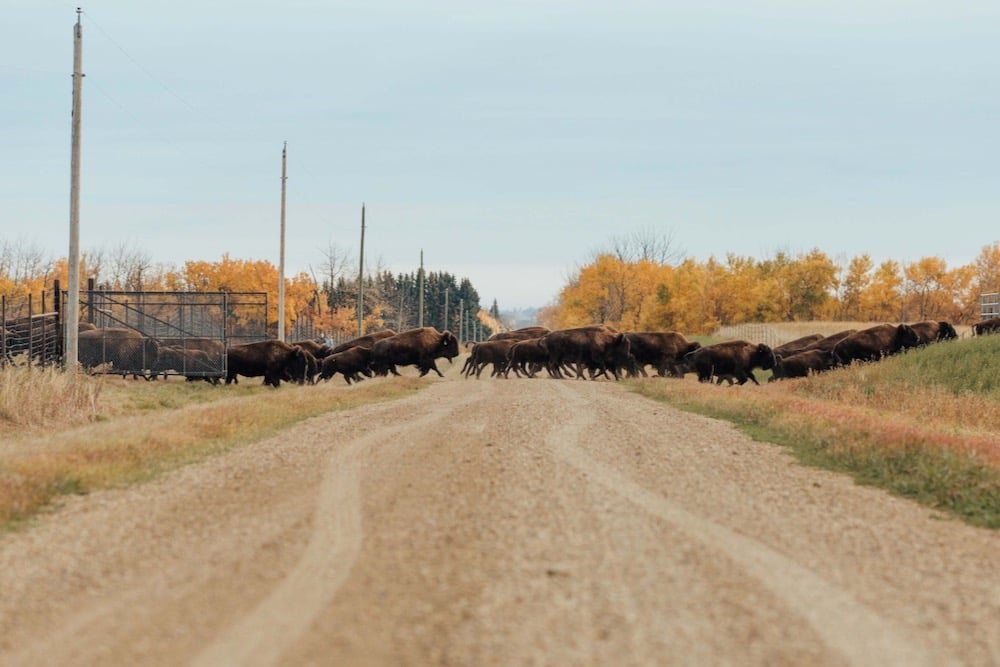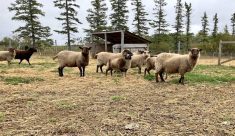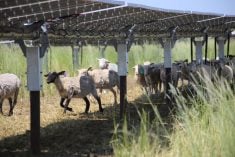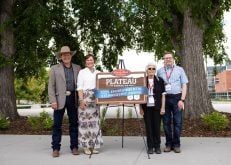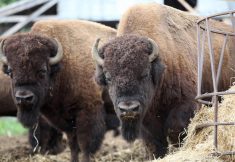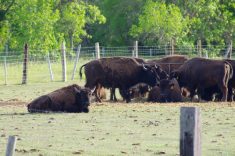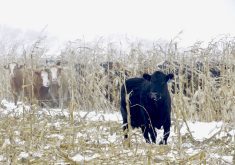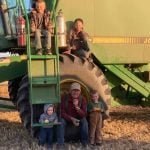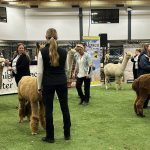Dan Sych and his family are doing something a little different — practising rotational grazing with bison.
But it’s no big deal, even though his livestock are formidable beasts, says the Hay Lakes producer.
“So much of it has to do with what everyone’s interpretation of what rotational grazing means to them,” he said.
“We use regenerative agriculture principles and use rotational grazing and cover crops as a tool in the toolbox. I guess we’re doing things a little differently in that we’re really trying to increase stock density.”
Read Also
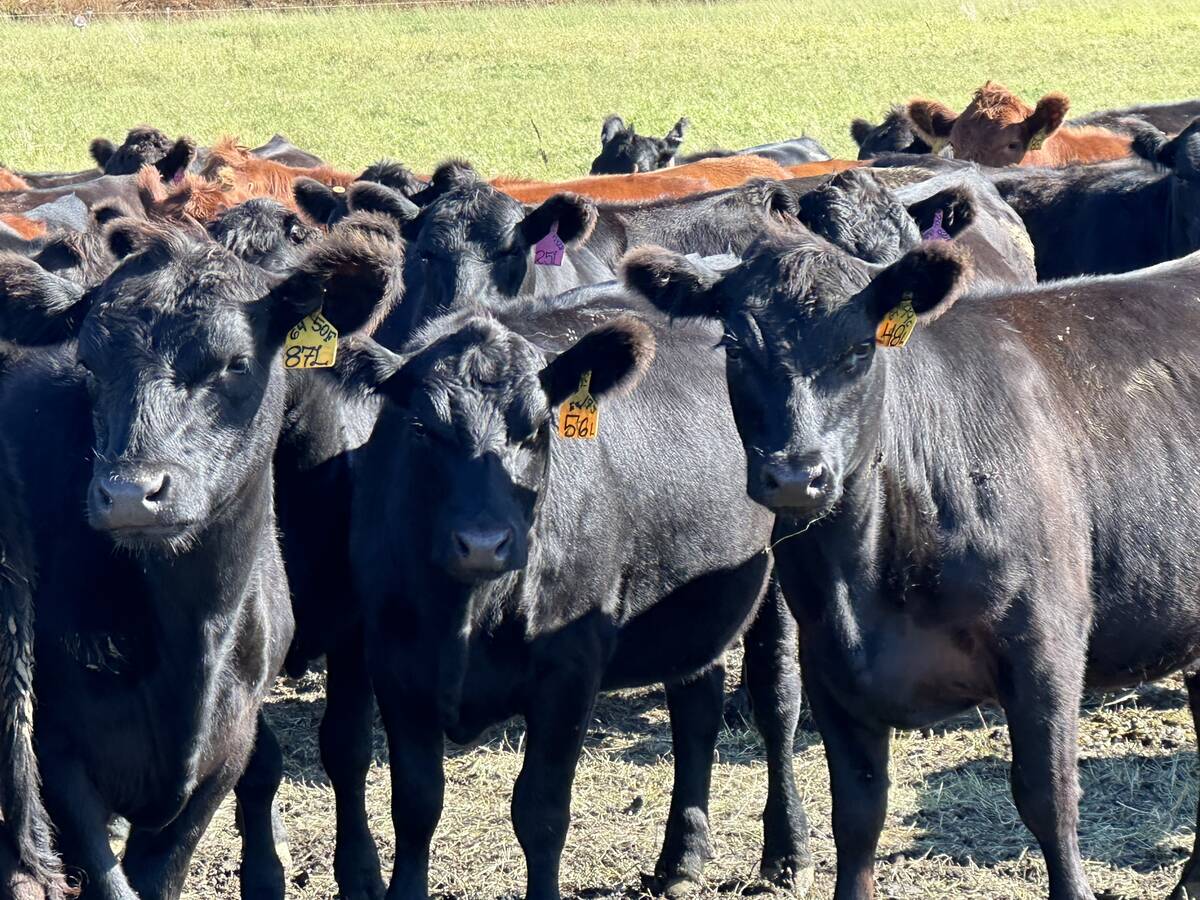
Want to track the cattle industry? Follow the heifers
Beef specialists examine key indicators in Canadian market for growth patterns in cattle markets
Sych, who farms with wife Sharril and oldest son Taylor, breaks larger paddocks into 35 sections that are roughly 10 acres each.
“At 10 acres, we are hoping to graze anywhere from two to three days maximum and then rotate off,” he said. “If you do the math on that, you’re grazing two days and then you rotate. By the time you go through all 35 and come back, you’ve had 70 days of rest period on your first paddock.”
This year, the Sychs plan to move up to intensive rotational grazing with an entire 150-head herd (cows, calves and yearling females) going through a paddock at once.
The family has been in the bison sector for six years and transitioned into bison from the elk industry.
“They’re a great grazing animal,” said Sych about bison. “They are a very strong herding animal. They love to stick together as a herd.”
There have been two constraints to higher grazing density: water and cross fencing.
“We solved the water thing by using solar powered pumps in a dugout,” he said.
Funds used from the On-Farm Climate Action Fund helped the Sychs get two quarter sections set up for water distribution.

Keeping them fenced
Cross fencing bison is a different matter.
“Cattle producers can easily put up single-strand electric fence and away they go,” he said. “We were (initially) unable to find anyone who was using cross fencing for rotational grazing with stock density in bison.”
But persistence paid off and they found a Saskatchewan producer who was doing it.
“He’s been successful at this,” said Sych. “He gave us the confidence that we can do it.”
Many people have asked him how he moves his bison, since they have a daunting reputation because of their size and reputation for being ornery. But it’s not that hard, said Sych, who uses a six-strand barb-wire fence and a two-strand high electric fence for internal fencing.
“Bison are extremely intelligent herding animals. They know the boundaries of their paddock. The bison are very easy to move. By doing this, you create a psychology within them. Every time you go out with that side by side, they look at you and think, ‘That means there’s fresh grass coming.’ They come running to us.”
And Sych means that literally. Bison are so keen to reach new pasture that they run right through the gates.
“We don’t herd them. They know to go. We just create the opportunity for them by opening the gate,” he said. “Most people think that bison are a skittish animal or ask how we handle them. They handle themselves.
“They are very intelligent animals that can be easily trained.”
The bigger challenge is getting the grazing system to a highly productive level.
“The same thing we’ve been seeing over and over is overgrazed paddocks. We’ve been trying to solve that,” Sych said.
The goal is to have less of the plant removed so that with proper rest time, it will produce more growth.
“But if you allow that animal to keep chomping on it a second time and a third and a fifth and they graze it back down to two inches, it’s very slow to respond and sometimes you miss the rest of the growing season,” he said.
Sych credits his son with the move into rotational grazing.
“I learned about grazing principles in 2013 and felt like I was a little on the stuck side of applying them and how to actually change. The impetus of that change was our oldest son, Taylor.”
His son was critical of his dad’s current system and helped to research the design and placement of the paddocks.
“We had good family discussions between himself, my wife and myself,” said Sych. “Joining together, we came up with a direction and we’re very happy with the direction that we are going. He brought some youthful enthusiasm into it, and it was much needed.”
The Sychs direct market bison meat through their website, www.sychhomestead.ca.


